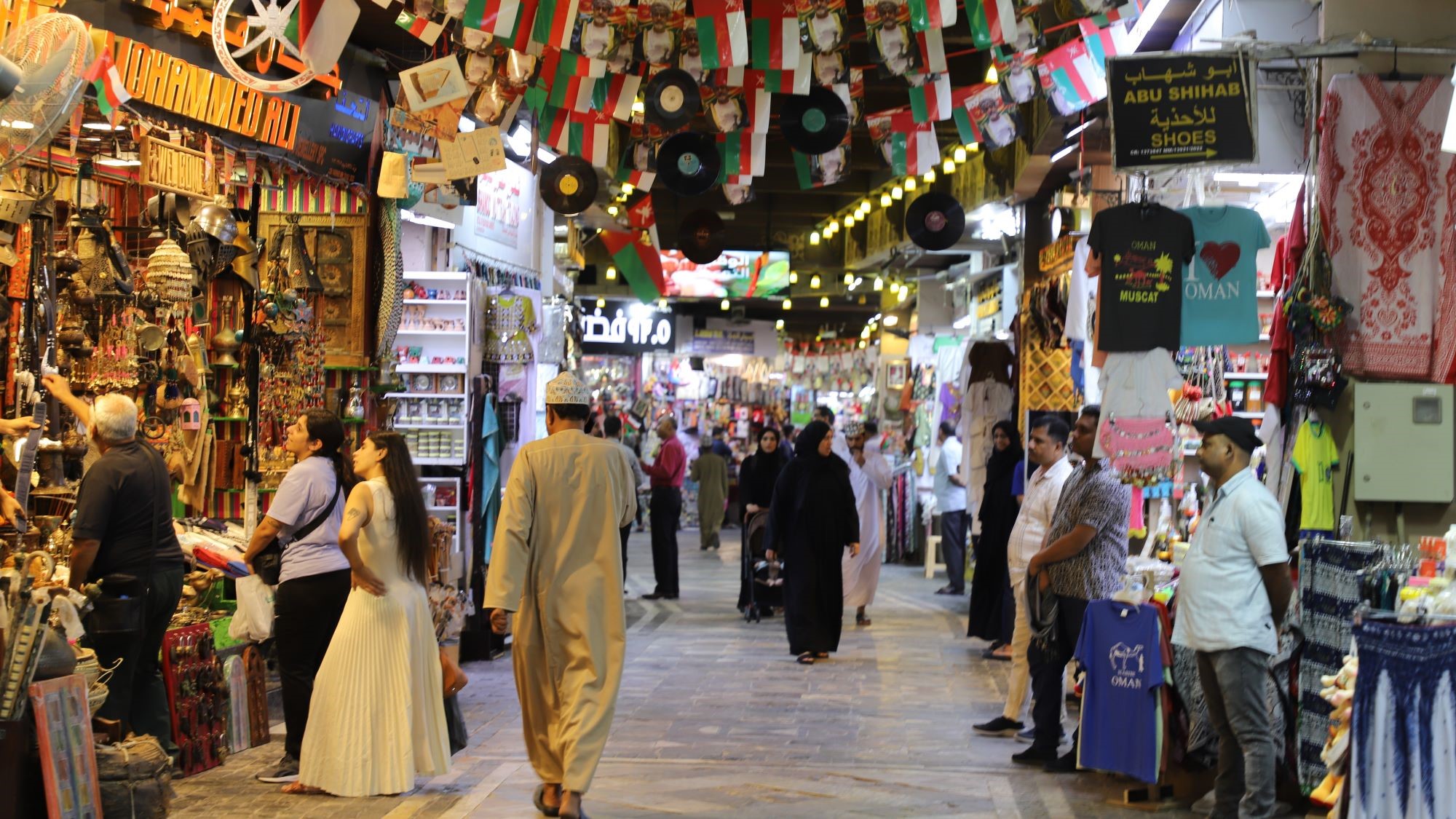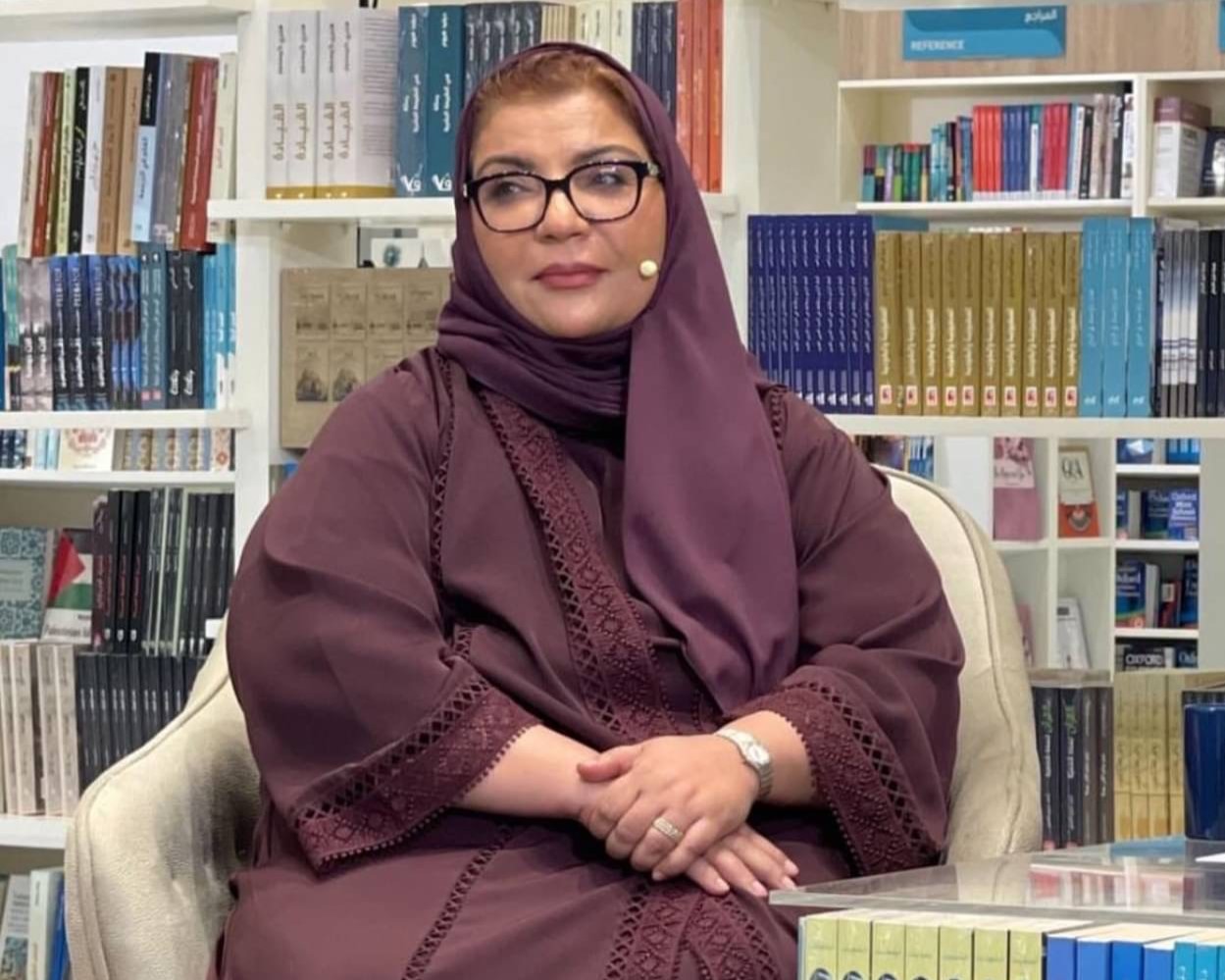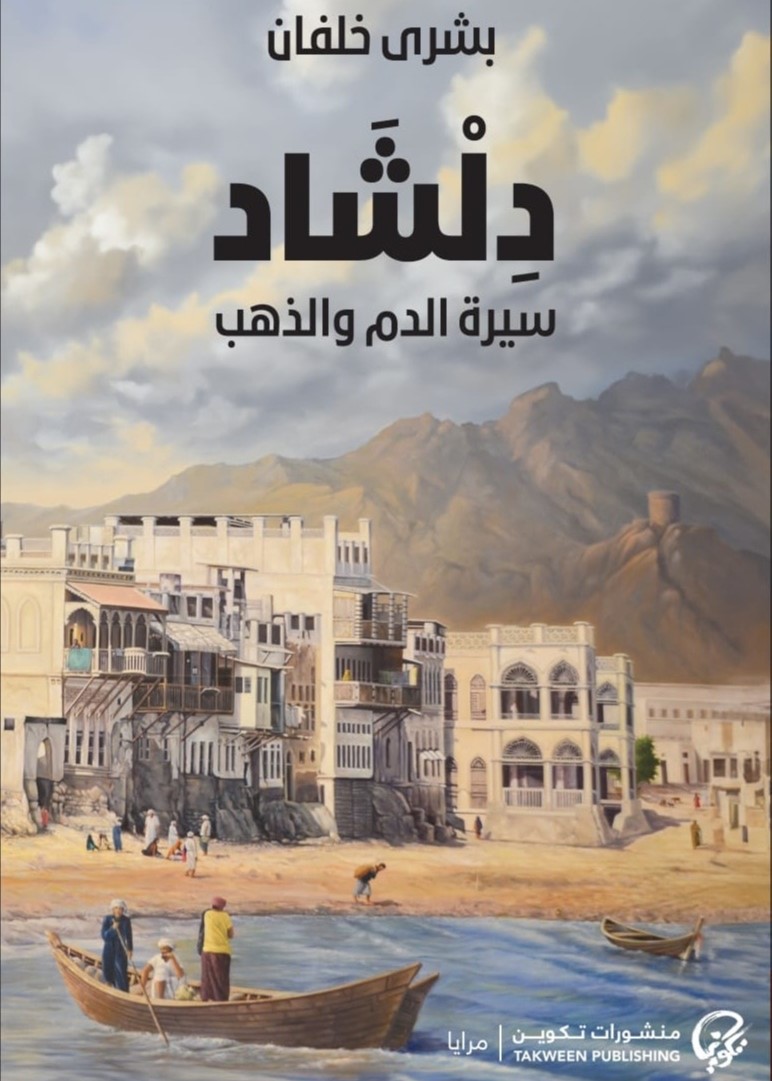Three generations of Omani history

The Omani novelist Bushra Khalfan's "Dilshad" delves into a century of social, cultural and economic transformations in Oman, tracing stories through multiple generations. Her latest instalment, "Dilshad: Chronicle of Blood and Gold" (2024), builds on the success of the first volume, "Dilshad: Chronicle of Hunger and Satiety" (2021), which won the prestigious Katara Prize in 2022.
The plot centres on the lives of impoverished Omanis and grappling with poverty and social exclusion. Across nearly 1,000 pages in Arabic, the novel introduces over a hundred characters, each with unique linguistic, historical, educational and social backgrounds. These characters are vividly portrayed through the interconnected stories of Dilshad, his daughter Maryam and his granddaughter Fareeda.
The novel reflects the author's dedication to documenting the rich cultural and social fabric of Omani society, alongside the experiences of ordinary people who lived through transformative historical events like World War II and the Jebel Akhdar War, which led to the unification of the Sultanate of Oman in the 1950s. These characters often experience these events without fully understanding their causes or long-term consequences. This approach contrasts with the traditional focus on elites, influential leaders and historical figures common in postcolonial generational novels.
Setting the stage
In the first book, "Chronicle of Hunger and Satiety", Khalfan transports the reader to early 20th century Muscat, specifically to the Waljat neighbourhood, where Balochis and Arabs live side by side in abject poverty, indistinguishable from one another.
The story centres on Dilshad, an orphaned Arab boy raised by a Balochi woman, Ma Halima. After the tragic deaths of her two children, Ma Halima takes Dilshad in and raises him as a brother to her surviving son, Isah. As the narrative unfolds, poverty’s relentless grip tightens around Dilshad. Faced with illness and hardship, he is forced to make the heart-wrenching decision to send his daughter Maryam to work for a wealthy family in exchange for food and shelter.

Despite his socio-economic circumstances, Dilshad emerges as a resilient and determined figure, enduring countless hardships while actively seeking work to improve his situation and secure a better future for his daughter. But his efforts are complicated by a cruel twist of fate, when he loses track of the family to whom he entrusted Maryam.
Maryam inherits Dilshad's unwavering spirit, bravely confronting the discrimination she faces from birth. Born to a Balochi mother who died in childbirth, Maryam was nurtured by both Arab and Balochi women in the neighbourhood, who united in a collective act of humanity that transcends ethnic and social divides. Through Maryam, Khalfan presents a compelling vision of human solidarity—one rooted in shared values that challenge the societal divisions imposed by race and class.
Patriarchy and economic freedom
In the second volume, Maryam defies social norms in her determination to secure a better future for her daughter, Fareeda. She rejects tradition and the religious laws, reinforced by economic pressures, that dictate Fareeda should be raised by her paternal aunt.
Maryam escapes to the Muttrah region, where she begins a new life. Using the jewellery gifted to her by her late husband, she buys a fabric shop in a male-dominated market. As a female merchant, she faces hostility from male traders. Though she dresses like a wealthy woman, working in the marketplace aligns her with lower-class women, complicating her social standing further.
The novel examines how the face veil functions less as a religious obligation and more as a marker of social class, imposed not on all Arab or Muslim women, but on those seeking to uphold traditional societal structures. It also highlights the struggles women face under patriarchal authority, often justified by cultural or religious norms, but deeply rooted in economic realities.
Maryam wrestles with an ongoing internal conflict, torn between honouring tradition and pursuing change. This tension manifests in her determination to teach her daughter Fareeda to write, despite the societal backlash she fears, as educating girls was viewed as a threat to the established social order. "She recalls her late husband's words when she first fought for their daughter’s education: 'Girls don’t write.'" This phrase echoes the erasure of women from history—excluded from documenting their perspectives, their voices silenced.

Intergenerational tension
The narrative finds its emotional peak in Fareeda, Dilshad's granddaughter, who embodies the intellectual and economic transformations unfolding across generations. She stands at the crossroads of tradition and modernity, caught between obeying her mother and challenging societal expectations.
Fareeda seeks a partner who shares her ambitions and values, refusing to settle for only financial security and superficial affection. Maryam reflects on her daughter’s approach to marriage, contrasting it with her own: "Fareeda asks because she is free. As for me, though I wasn’t born a slave, men decided my marriage... My consent was a foregone conclusion." This poignant moment highlights the shifting concepts of marriage and gender roles, revealing the evolving challenges and opportunities for women.
Fareeda continues the fight to redefine Omani women's identities on her own terms, embracing personal liberation. She immerses herself in Arabic history, poetry, the Qur'an, and the diverse stories of Omanis from varied cultural backgrounds.
Symbolically naming her children Qays and Layla, the names of two lovers from an old folk tale, she reclaims and rewrites Arab and Omani history. Through the name Layla, Fareeda reimagines the iconic character, traditionally depicted as a love-stricken, oppressed figure, transforming her into a symbol of empowerment. In Fareeda's vision, Layla is reborn as a woman with the autonomy to make her own choices.
Khalfan challenges readers by omitting clear chronological markers, leaving time's passage for the reader to track. This mirrors the lives of her characters—ordinary, often illiterate people disconnected from major historical events. Historical dates exist only as a faint backdrop, with little direct impact on their lives.
Through this narrative style, the author allows the characters to tell their own stories, providing a powerful tool to challenge stereotypes about Arab and Omani culture. Khalfan's work bridges the past and present, illuminating Oman’s cultural and social diversity with nuance and humanity.
"Dilshad: A Chronicle of Blood and Gold"
Takween Publishing House
© Qantara.de